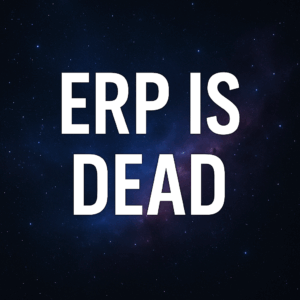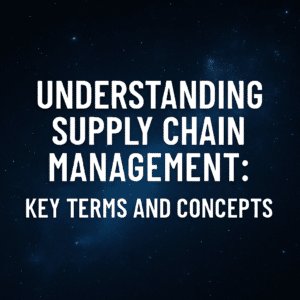ERP data migration has never been more important. Internet of Things, artificial intelligence, predictive analytics, eCommerce, and other emerging technologies are highly dependent on solid data – yet it’s an area that many organizations struggle with in their attempts to reach the third stage of ERP implementation success.
Before implementing new ERP software, there are a lot of groundwork and activities that should come first. As your company moves forward, it’s important to make sure you’ve covered the crucial steps involving data cleansing and prep. Plan for this to be one of the most time consuming of all pre-implementation activities.
This is an important topic whether you are implementing SAP vs. Oracle vs. Microsoft Dynamics vs. another other ERP, HCM, or CRM system. Below are some tips to help avoid pain points and costly delays:
Table of Contents
ToggleMake an ERP Data Migration Strategy and Plan
This sounds simplistic, but it’s important to attack this process with a detailed data migration plan and a thorough understanding of your data landscape. Your data “assurance” efforts will have several steps and should/could exist as a standalone project. Analyzing categories of data within your company can be a project unto itself. Watch for complicated business rules. Plan to test “real data” several times and under different scenarios.
In our experience, greater than 70% of implementations among the top ERP systems experience some problems with migrated ERP data. Most digital transformation projects identify “clean data” as important, but few are prepared for the complexity it takes to get there. A good example is the ambiguity of how to even measure your progress as you analyze and cleanse data.
The below video from one of our training workshops outlines how to best create an effective data migration strategy and plan. This particular session focuses on S/4HANA, but the same principles apply to Oracle ERP Cloud, Dynamics 365, Workday, or any other ERP, HCM, or CRM software implementation:
Check Your ERP Data
Getting to your “first frontier” of success must target error-free and complete master data. It is important to scrub your data for errors and anything you know you don’t need. It’s likely your current system(s) contains duplicate, erroneous or no longer valid data. Be prepared to fight the “internal battle” of how much (if any) historical data – including master data – to cleanse or migrate.
Consider what quality milestones you’re targeting that will require data formatting and structure. This becomes a bigger challenge when you’re dealing with multiple locations, disparate systems, or manually stored data (think Excel spreadsheets). The complexity of achieving, then mapping, clean data is no easy task. The variables of defining relationships within the system, combined with data verification as part of the cleansing process is a large endeavor. This is one activity that you can’t start too soon.
Understand Project Team Data Roles and Responsibilities
Many assume that their system integrator will handle data migration, but this is typically not true. ERP systems integrators are not a silver bullet for all of your project needs, and data is one of the common areas most overlooked and neglected by ERP implementation partners.
Be sure to understand the assumptions and scope outlined in your implementation partner’s statement of work and other contracts. There are often hidden “gotchas” related to data that end up shifting the burden (and cost) onto you.
Choose the Right People for the ERP Data Migration Team
Success is somewhat dependent on securing internal employees who understand your data. You want your “A Team” to own this and consider backfilling their positions. Having them working and leading the project will increase your chances for success. This is where tribal knowledge and understanding of legacy systems come into play.
It could also be extremely beneficial (to the project) to hire an outside independent ERP consultant to validate your internal team’s testing. The right ones can bring a fresh set of eyes and will ask appropriate questions to ferret out discrepancies. They will also ensure that your processes, organizational roles, and other critical parts of your transformation are aligned with data – and vice versa.
They can also bring automated testing tools. In addition, they understand the cleansing/migration space because they do it for a living. Parts of data prep and cleansing is an iterative process, which is where a consultant can also help.
In our experience, the cost of external help is often a bargain when compared to encountering issues with data at go-live. Companies can also benefit from independent guidance since rules around data rarely exist within a company. An outside consultant can become an invaluable partner to your internal data cleansing/migration team.
Summary of Successful ERP Data Migration
Hopefully, we’ve touched on some helpful considerations for preparing data for migration, but in no way have we been detailed or exhaustive. You will encounter lots of variables such as the cloud having limitations when compared with direct data loading with on-premise systems.
Our team at Third Stage Consulting is here to help lead, supplement, or proactively audit your efforts. Please feel free to contact us for an informal conversation about your ERP implementation project – we are happy to help!





